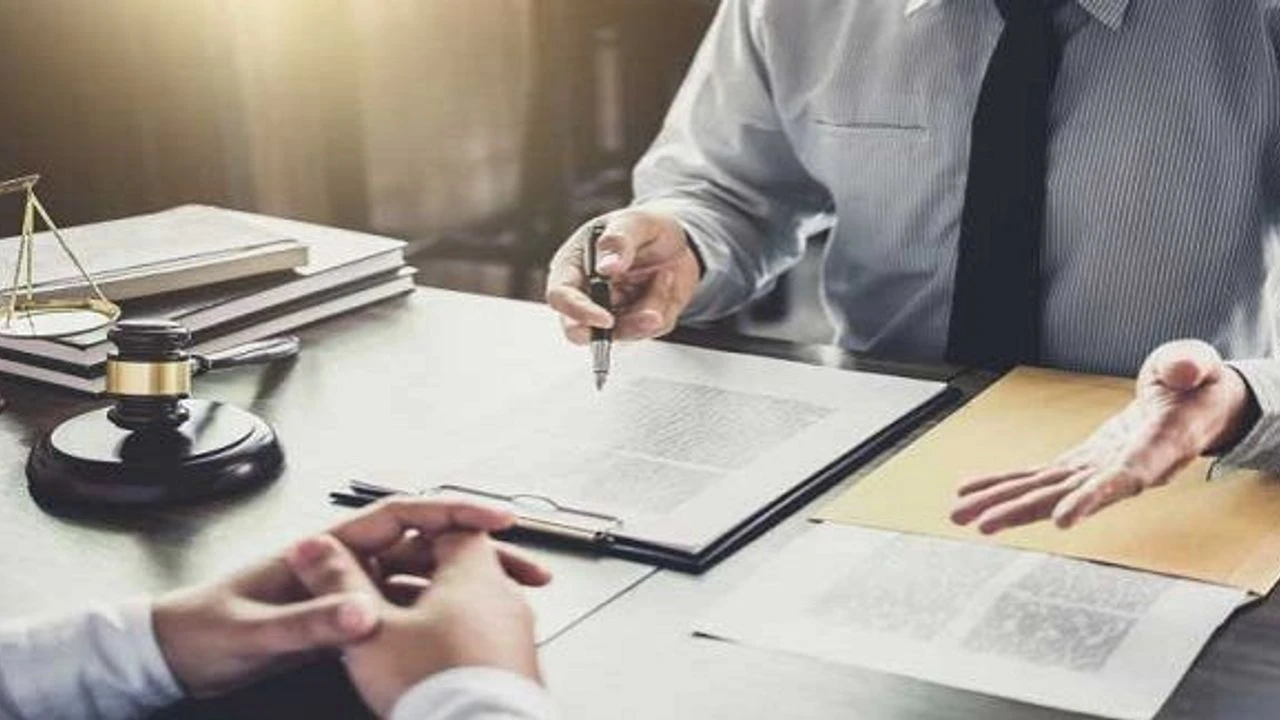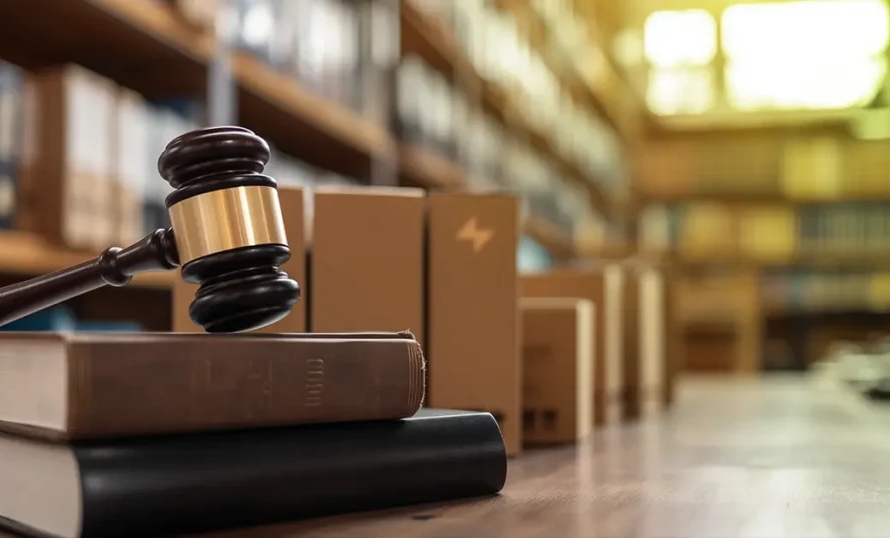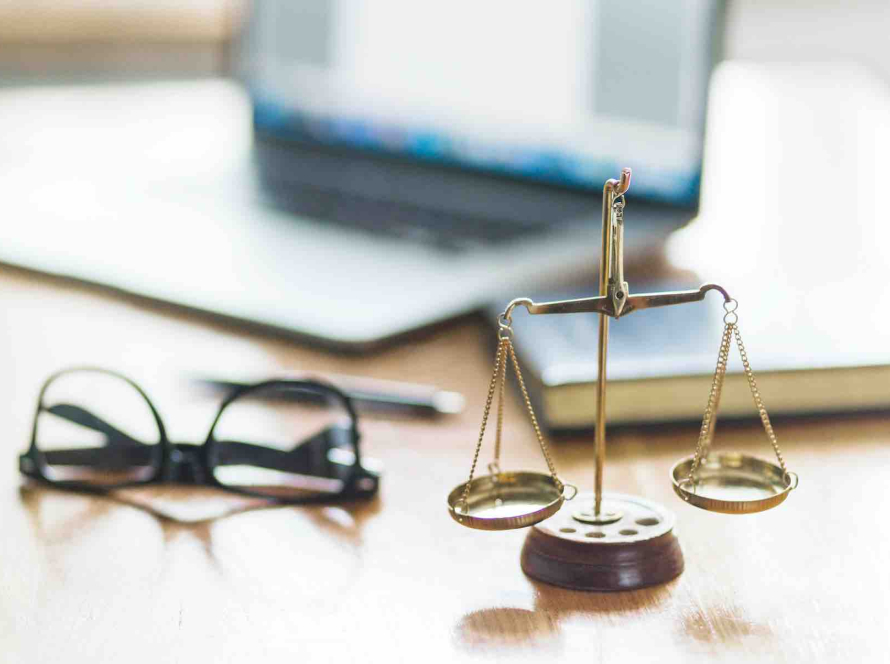Seizure is an enforcement procedure initiated by the enforcement office at the request of the creditor due to the debtor’s unpaid debts, resulting in restrictions on the debtor’s assets. In Enforcement and Bankruptcy Law, seizure is considered a highly effective means of securing the creditor’s rights. However, in practice, incorrect or unjust attachment proceedings may sometimes occur, and even assets that do not belong to the debtor may be attached. In such cases, legal remedies available to the debtor or third parties come into play. At this point, the ways to lift the attachment and the claim of ownership become very important.
What is Seizure and How is it Applied?
Seizure is the confiscation of the debtor’s property by the state’s coercive enforcement power. The purpose of the seizure process is to convert the debtor’s property into cash in order to collect the creditor’s claim.
-
Movable property: Household goods, vehicles, electronic devices
-
Real estate: Properties such as houses, land, and commercial premises
-
Receivables and entitlements: Salary, bank accounts, rental income
Although seizure procedures carried out by the enforcement office protect the interests of the creditor, sometimes seizures carried out by mistake can cause individuals to suffer. Seizure of property belonging to third parties is one of the most common problems encountered.
Ways to Lift a Lien
The lifting of the attachment may be achieved through the payment of the debt, the determination of illegality, or the assertion of rights by third parties.
1. Payment of the Debt
The most fundamental way to lift a lien is to pay off the debt in full. Once the debt is paid, the debtor regains the right to dispose of their property and the lien is lifted.
2. Determination of the Unjust Nature of the Attachment
If the seizure procedure has been carried out incorrectly, the debtor or third parties may apply to the enforcement court to request the seizure be lifted. If the court determines that the seizure was unlawful, the procedure will be canceled.
3. Claim of Entitlement
If property belonging to a third party rather than the debtor is seized, the third party may claim ownership and have the seizure lifted.
4. Seizure of Property Not Belonging to the Debtor
The seizure is lifted when documents prove that the property belongs to someone else. This situation most often arises with property shared by family members.
What is a Claim of Entitlement?
A claim of ownership is the assertion that the seized property belongs to a third party rather than the debtor. This aims to prevent unjust seizures.
-
The claim of entitlement must be made within 7 days of learning of the seizure.
-
It is possible to apply to the enforcement office or enforcement court.
-
If the claim is accepted, the lien on the property is lifted.
A claim of entitlement not only protects the rights of third parties, but can also reveal fraudulent transactions by the debtor. For this reason, courts examine such cases with great care.
Conditions for a Claim Case
If the claim of entitlement is rejected, the third party may file a claim of entitlement. However, certain conditions must be met for this claim to be filed:
-
The property of the seized goods actually belongs to a third party
-
Making a claim within the time limit
-
Proving the ownership of a third party with strong evidence
If these conditions are not met, the court will dismiss the case and the seizure will continue.
Evidence in Entitlement Cases
The most critical point in a claim for entitlement is proving who owns the property. The court refers to different evidence during this process:
-
Invoice, receipt, sales contract
-
Title deeds, vehicle registrations, official documents
-
Bank statements and payment documents
-
Witness statements
In Supreme Court practice, official documents and invoices are considered the strongest evidence. However, the specific circumstances of each case are taken into account.
Rights and Obligations of the Parties
The obligations of the parties in a claim for entitlement are quite clear.
-
The third party is responsible for proving ownership.
-
The creditor may claim that the property actually belongs to the debtor and may support this with evidence.
-
The debtor cannot claim that the property belongs to a third party, but may testify in favor of the third party.
The purpose of this balance is to protect the rights of the creditor and prevent third parties from suffering harm.
Duration and Outcomes of the Entitlement Case
A claim for entitlement is generally a type of lawsuit that requires a quick resolution. This is because the prolonged sale pressure on the seized property may cause hardship for third parties.
-
The duration of the lawsuit varies between 6 months and 1 year on average.
-
The court decides who owns the property.
-
If the property belongs to a third party, the attachment is lifted.
-
If the property belongs to the debtor, the seizure continues and the sale process begins.
The outcome of these cases directly affects the future of the parties involved. It is vitally important to file lawsuits with accurate and strong evidence, especially for third parties.
Application in Light of Supreme Court Decisions
Supreme Court precedents play a guiding role in cases involving the lifting of attachments and claims of ownership.
-
Only the actual ownership is investigated, not who the property is registered to.
-
Transactions entered into by the debtor for the purpose of concealing assets shall not be recognized.
-
The third party must prove ownership with convincing evidence.
These decisions also shape the practices of lower courts.
Seizure and Attachment in the Digital Age
By 2025, digitization in enforcement processes has gained momentum.
-
Bank accounts are blocked electronically through e-seizure.
-
Movable and immovable property records can be queried through online systems.
-
Entitlement applications can be made through UYAP.
The digitization process speeds up enforcement proceedings, but it can also increase the number of incorrect seizures. Therefore, individuals must regularly check their e-notifications and UYAP notifications.
The Importance of Legal Support and Professional Assistance
Seizure removal and entitlement lawsuits are complex processes for both debtors and third parties. Incorrect steps can lead to irreparable loss of rights. Therefore, it is crucial that the process is handled by professional attorneys. An attorney specializing in this field will ensure that you do not miss any objection deadlines and will protect your rights by using the correct evidence in the lawsuit.
Ways to lift attachments and claims of ownership are the most important protection mechanisms for debtors and third parties in enforcement law. Attachments on property can be lifted by paying the debt, proving the attachment is unjust, or asserting a claim of ownership. In ownership cases, it is essential to demonstrate the right of ownership with strong evidence.
2025 yılı itibarıyla dijitalleşen icra süreçleri, haciz işlemlerini daha hızlı hale getirse de yanlışlıkla yapılan hacizler daha sık gündeme gelebilmektedir. Bu nedenle hak kaybı yaşamamak için hukuki sürecin bilinçli yürütülmesi ve profesyonel destek alınması büyük önem taşımaktadır.




